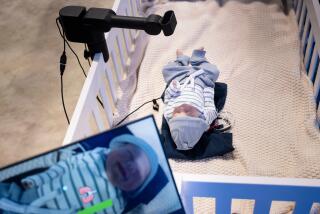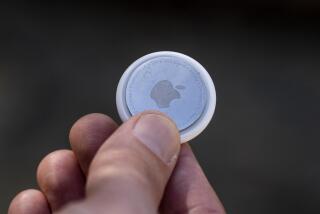Your face may become your iPhone password
One of the major new features expected in the next iPhone is a new way to unlock the smartphone: with your face.
At first blush, this may not sound like a big deal. Android has had a version of facial recognition in its operating system, called Face Unlock, since 2011. Samsung, Apple’s chief smartphone rival, has its own version of facial recognition — as well as iris scanning and the standard fingerprint reader.
But, thanks to major advances in face-scanning technology, this method is on the rise — and Apple is not the only company interested in taking a new look at the technology. Delta Airlines, JetBlue Airways and Citibank have piloted or launched programs that use the technology as a means of verification in the last year.
Companies have been pitching facial recognition as an easier and more efficient way to verify identities. Yes, you may have to hold a phone at an odd angle to line up your head just right. But there are no pins, no passwords. Unlike with fingerprints, you will never forget which face you’ve programmed into your phone.
In the past, there have been limitations. Hackers thwarted facial recognition sensors with photos or videos of a phone’s owner. Hats or even certain skin tones bewildered sensors. And, of course, there’s the problem of identical twins.
But recent advances in facial recognition technology have addressed some of these issues. Depth-sensing cameras are able to make a sort of three-dimensional map of a face, rather than simply images. Even twins often have slight differences in their bone structure or head shape, which make for a much more accurate individual identification. An accessory may still throw off a sensor’s recognition, experts say, but not as easily. So, while not perfect, facial recognition is becoming more than just a gimmick.
Apple has acquired at least two notable facial recognition companies in recent years, including Prime Sense, which developed the original face-sensing and motion-sensing Kinect for the Xbox. It also bought a firm called RealFace, which specialized in security applications for facial recognition.
The push behind that move is simple, said Gene Munster, managing partner of Loup Ventures: Apple wants to deliver a bigger screen.
On current iPhones, the fingerprint sensor is in the home button on the front of the phone. But Apple is said to be ditching the home button completely, as part of a goal to make the front of the phone nearly all-screen and give users more room on which to browse, watch video and buy apps.
Apple declined to comment.
Tsukayama writes for the Washington Post.





